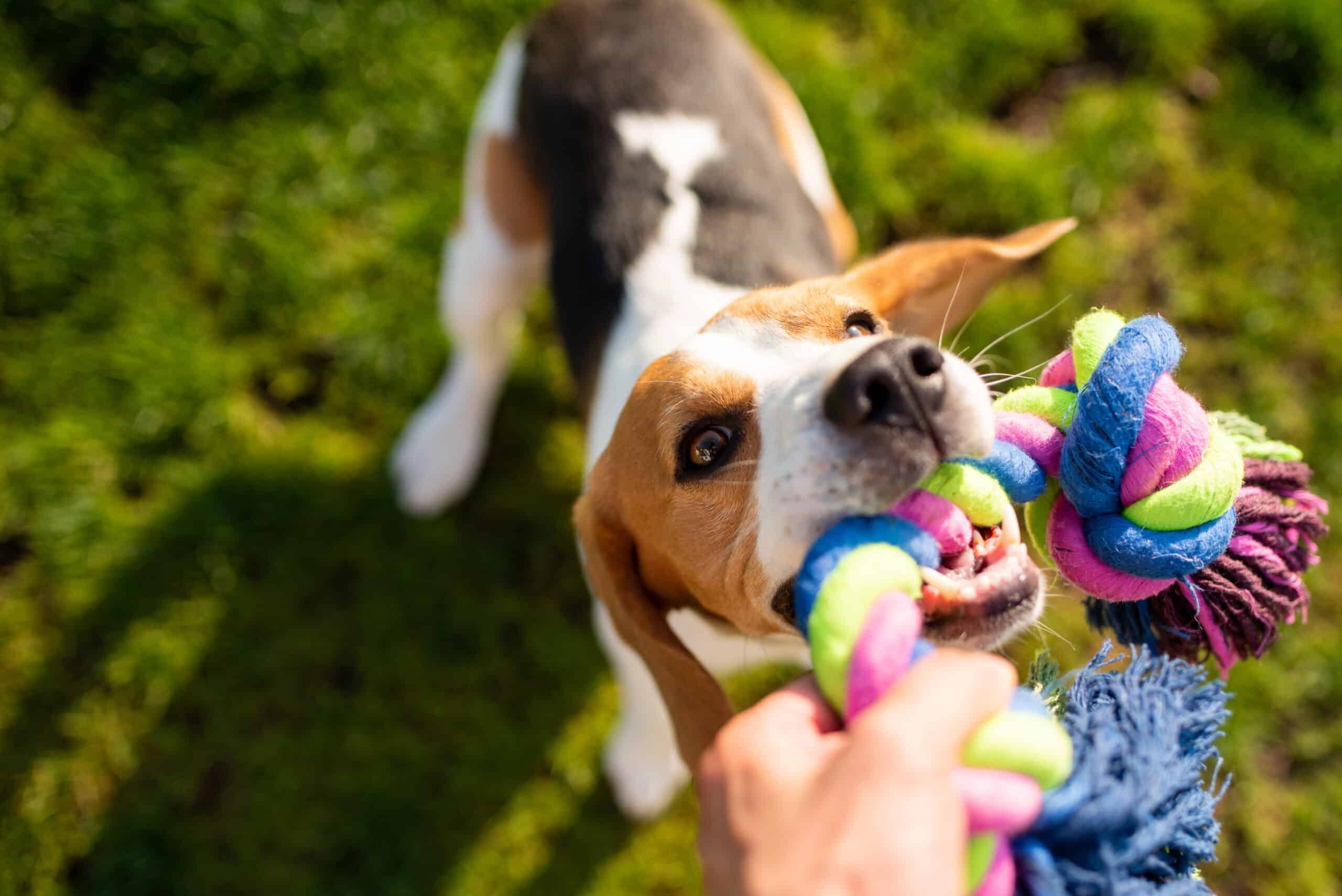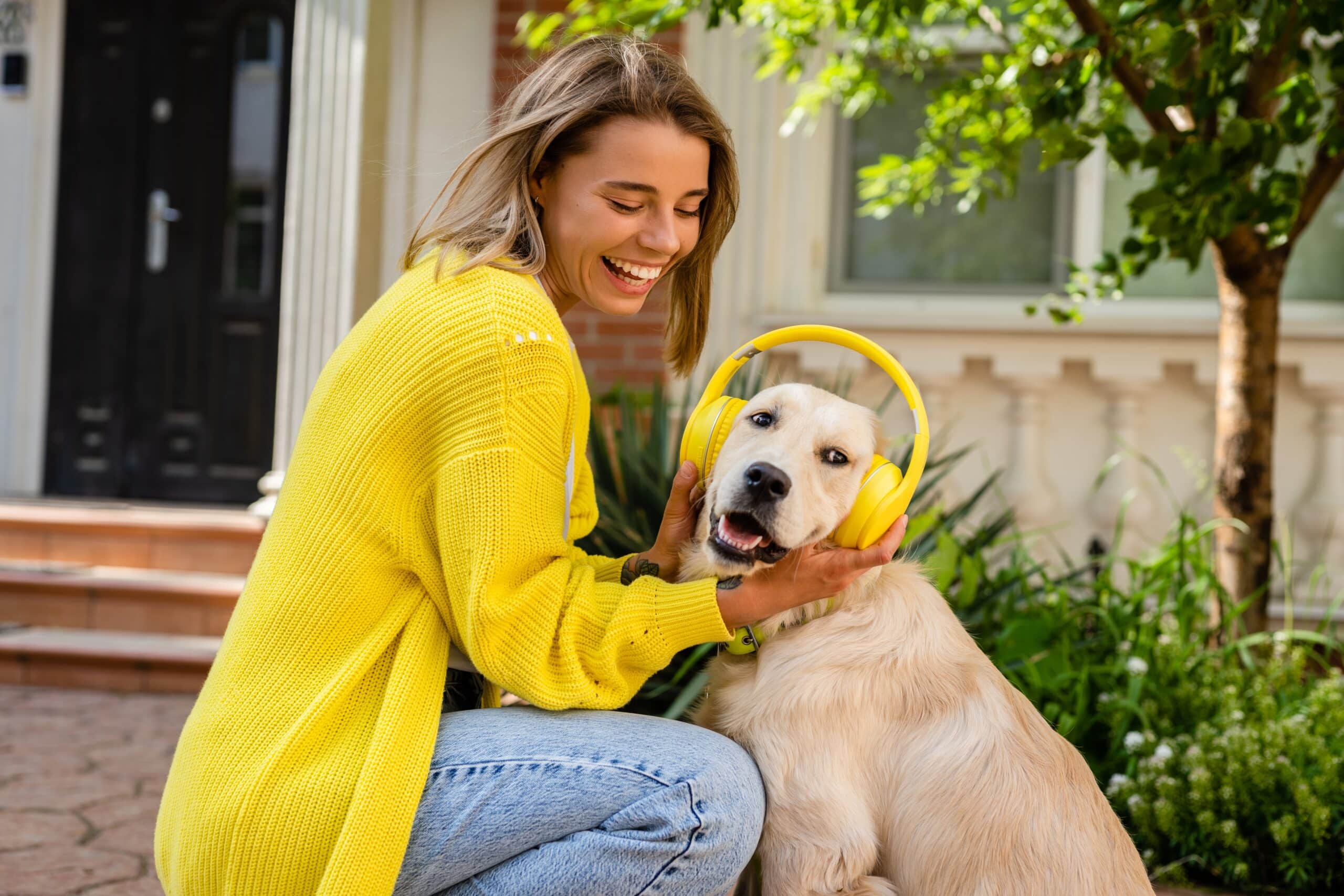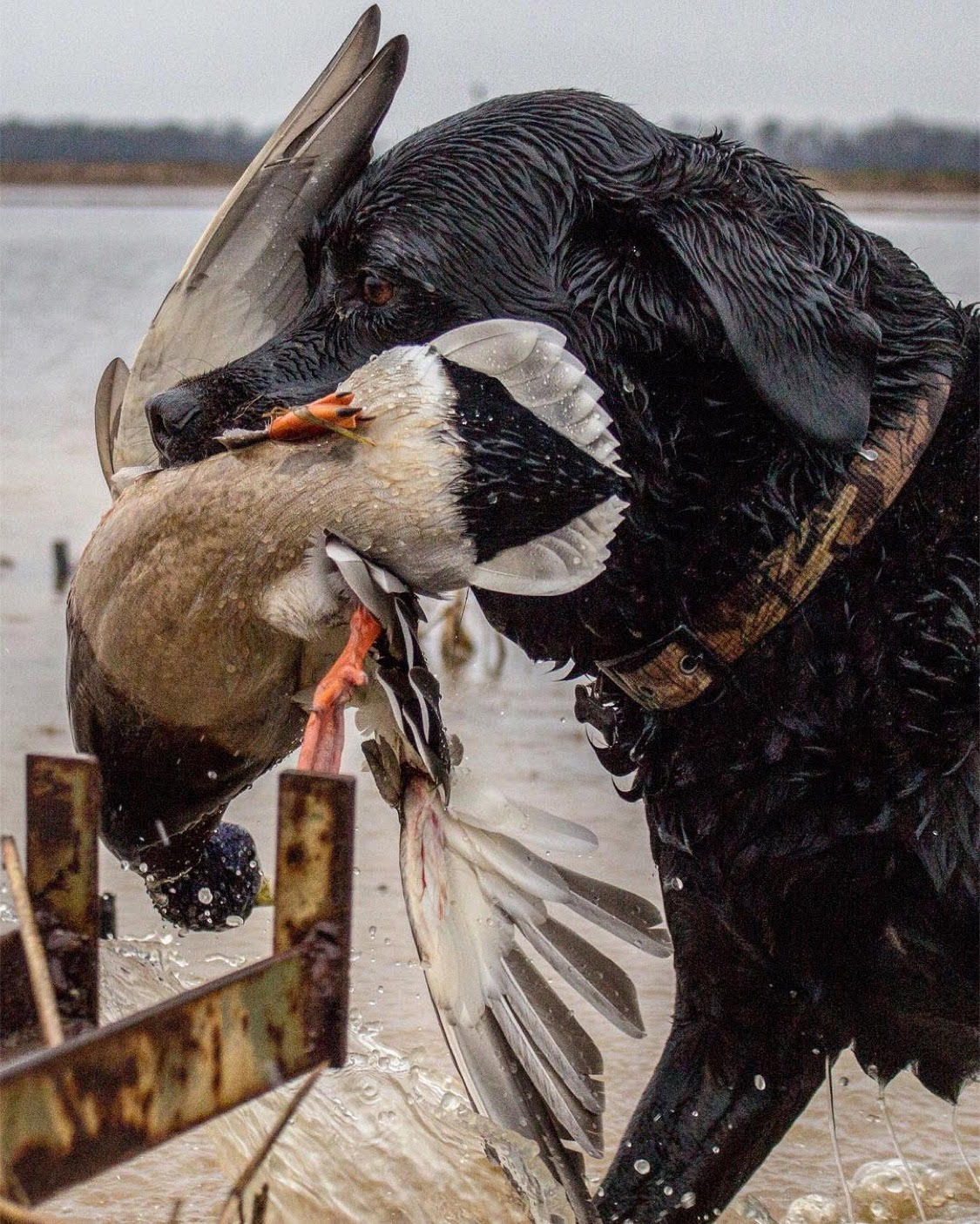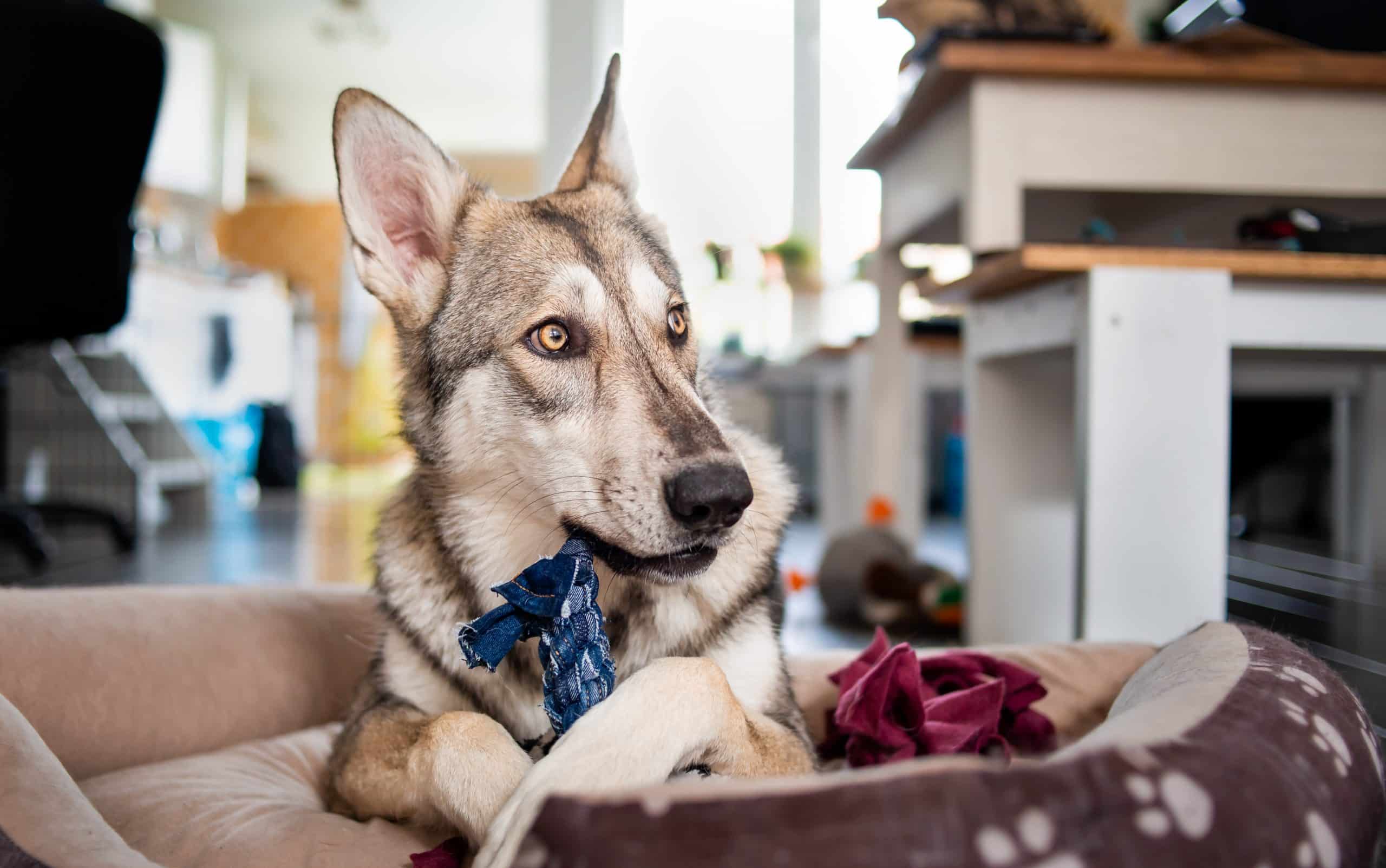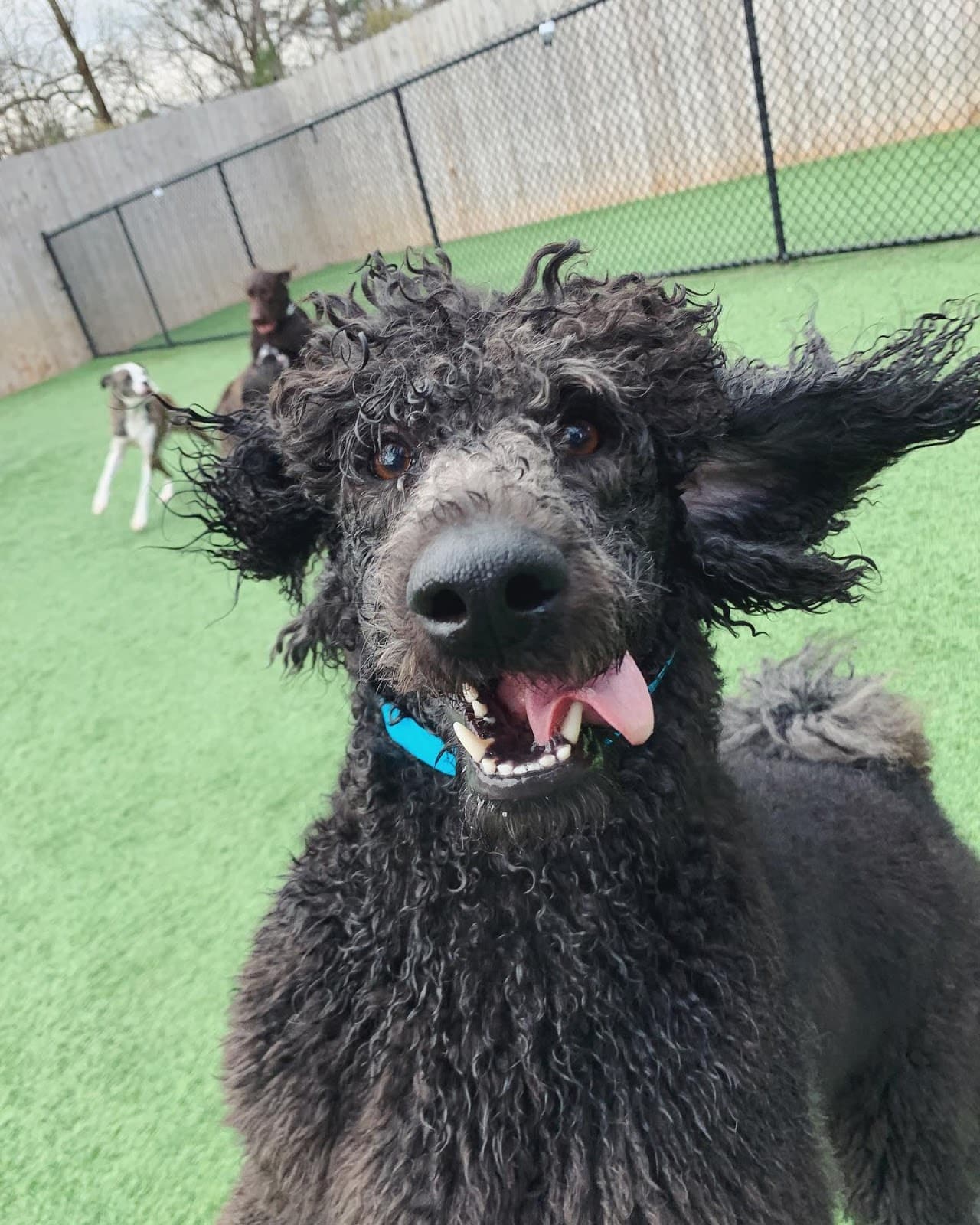
Training & Behavior
How to Teach Your Dog to Come: Reliable Recall Training
March 4, 2021

Out of all the canine commands, teaching your dog to “come” might be the most important. This single word can help protect your dog in any situation.
At Hounds Lounge, safety is our number one priority, and all of our human pack members are certified in dog safety and handling. You can rest assured that your fur baby is in good hands with us, but the outside world is much more unpredictable. Because life happens, doors are left open and other animals exist… it’s a good idea to teach your dog to come to you when you call!
We don’t require our doggy daycare campers to know any commands – hello, we pawty all day, every day! We simply recommend that dogs and their pawrents achieve “reliable recall,” which means that, when you call your dog, you are 99% certain they will come. Think of dog recall training as the most basic training with the highest reward: safety!
Ready to Experience Hounds Lounge for Yourself?
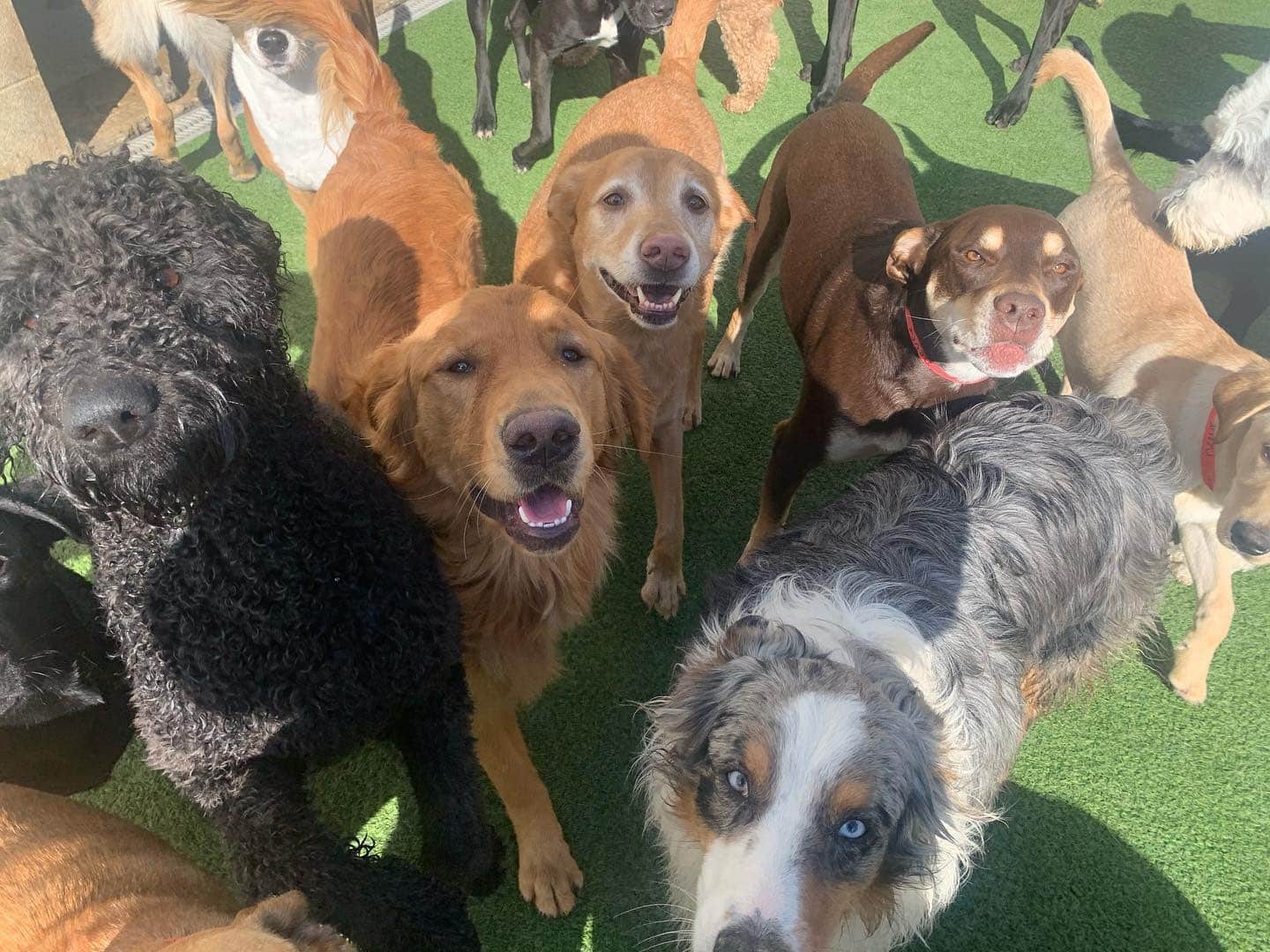
If your dog hasn’t already mastered dog recall training, you’re both in for a treat! We’ve dug up everything you should know about how to teach your dog to come.
If you’d like, you can jump ahead to:
How Do You Train a Dog to Come: The Basics
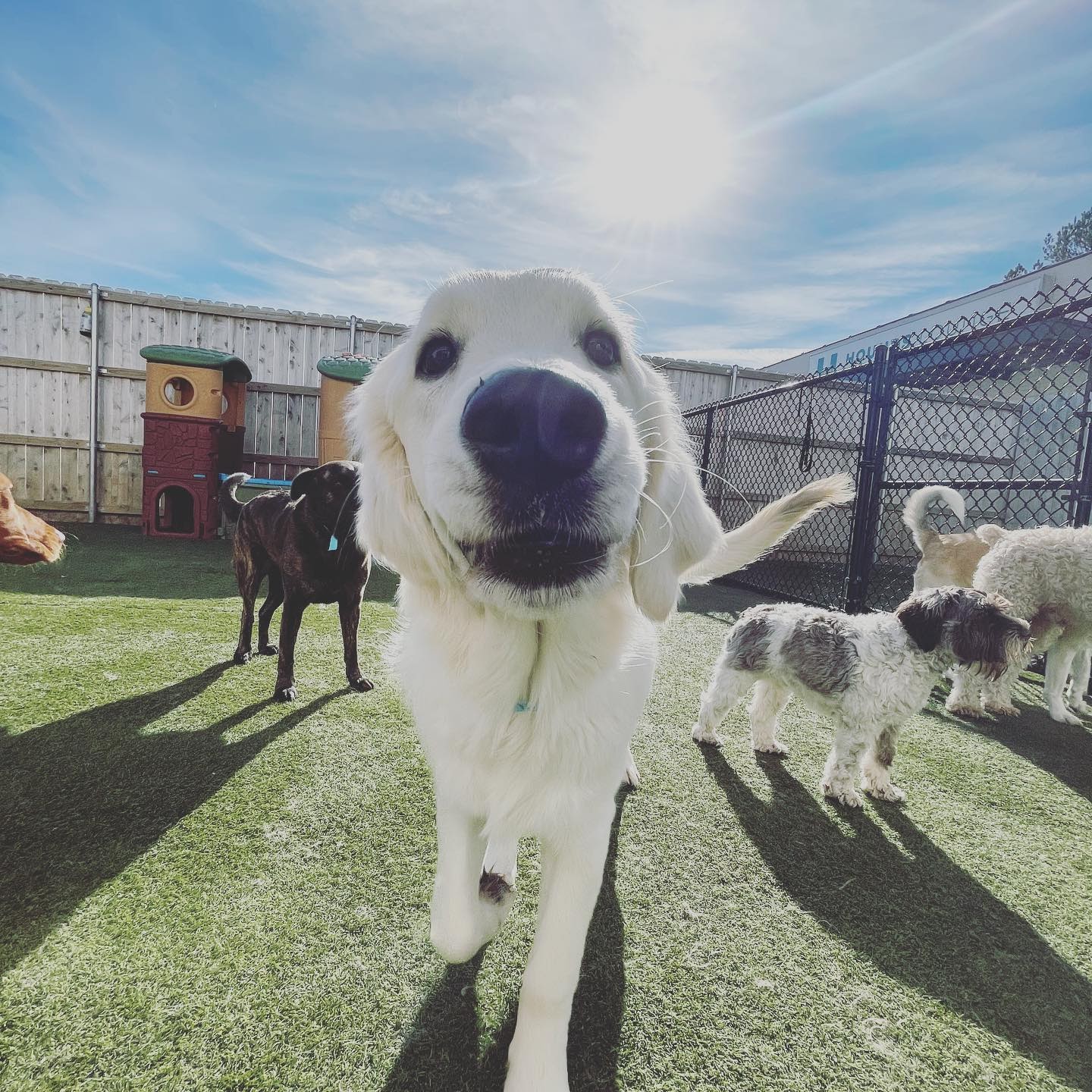
How Do You Train a Dog to Come: The Basics
Furrst things furrst, decide on your “recall verbal cue” – the word you will use to call your dog. That word could be their name, but it’s most effective to use an actual command, such as “come” or “here.” You can also say your dog’s name followed by a command word (“Fido, come.”)! Once you’ve chosen a recall cue, you can get into training.
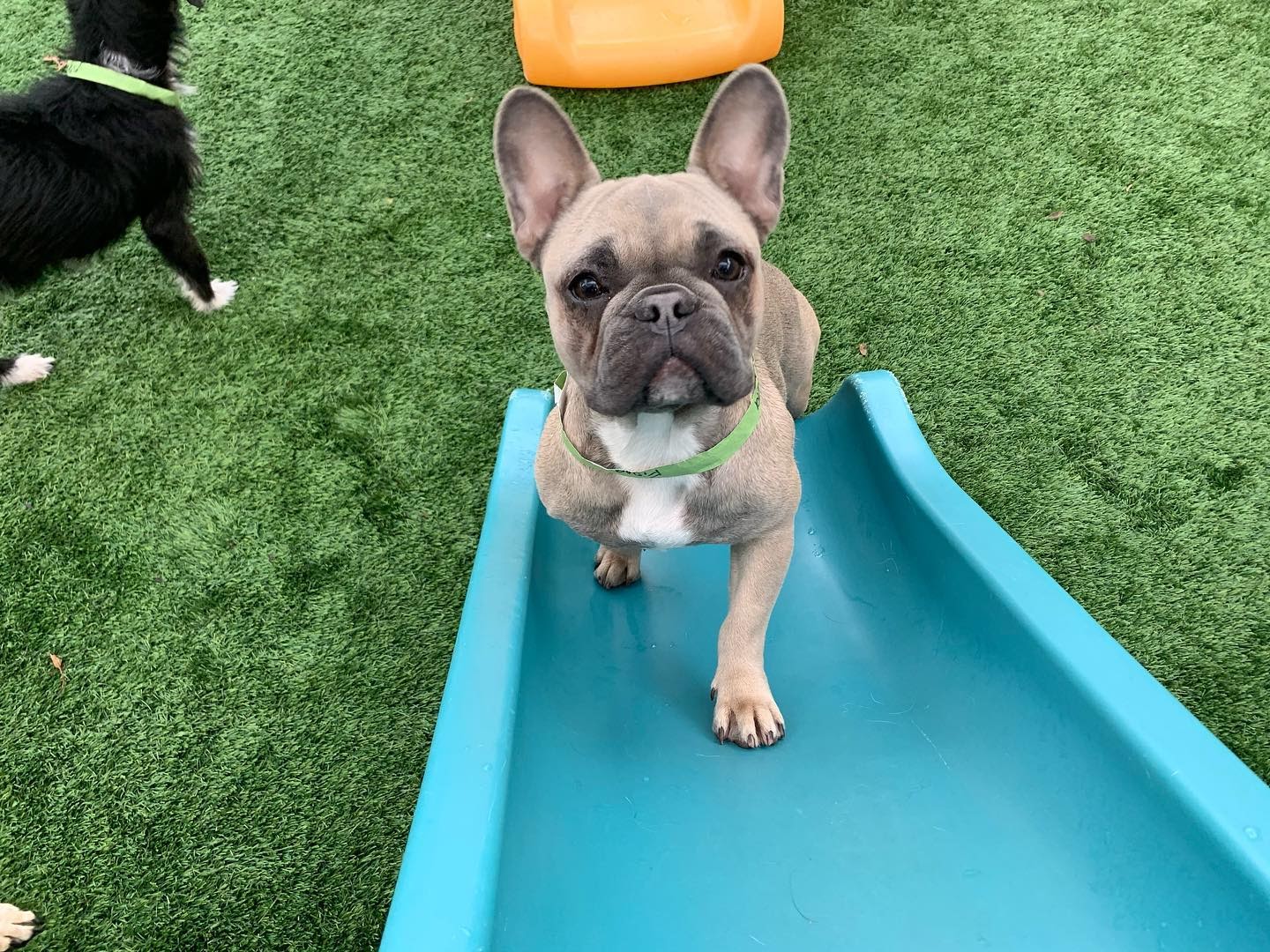
When it comes to the basics of teaching your dog to come, the American Kennel Club (AKC) explains it best:
Start your training in a slow, low-distraction environment, like inside your house. First, show your dog a toy or a treat, praise them as they are coming to you, then reward them. After a few repetitions, whenever your dog looks at you and starts to move towards you, add in your chosen verbal cue (come, here, etc.). Make sure to only add in the cue when you are confident your dog is moving towards you.
You can slowly up the ante by asking your dog to come before showing them the treat. But, be sure to reward with a high-value treat like chicken, cheese, or beef liver, when they get to you. Also, try slowly adding distance within your low-distraction environment.
Elements of this formula can be applied across the board, no matter how you choose to train your dog. This leads us into the various teaching styles.
Teaching Styles by Temperament
Every dog is different, so there are a variety of ways to teach your dog to come. However, each method has something in common: they’re all fun! If you’re going to divert your dog’s attention from all the sights, scents and toys in front of them, you have to make it worth it.
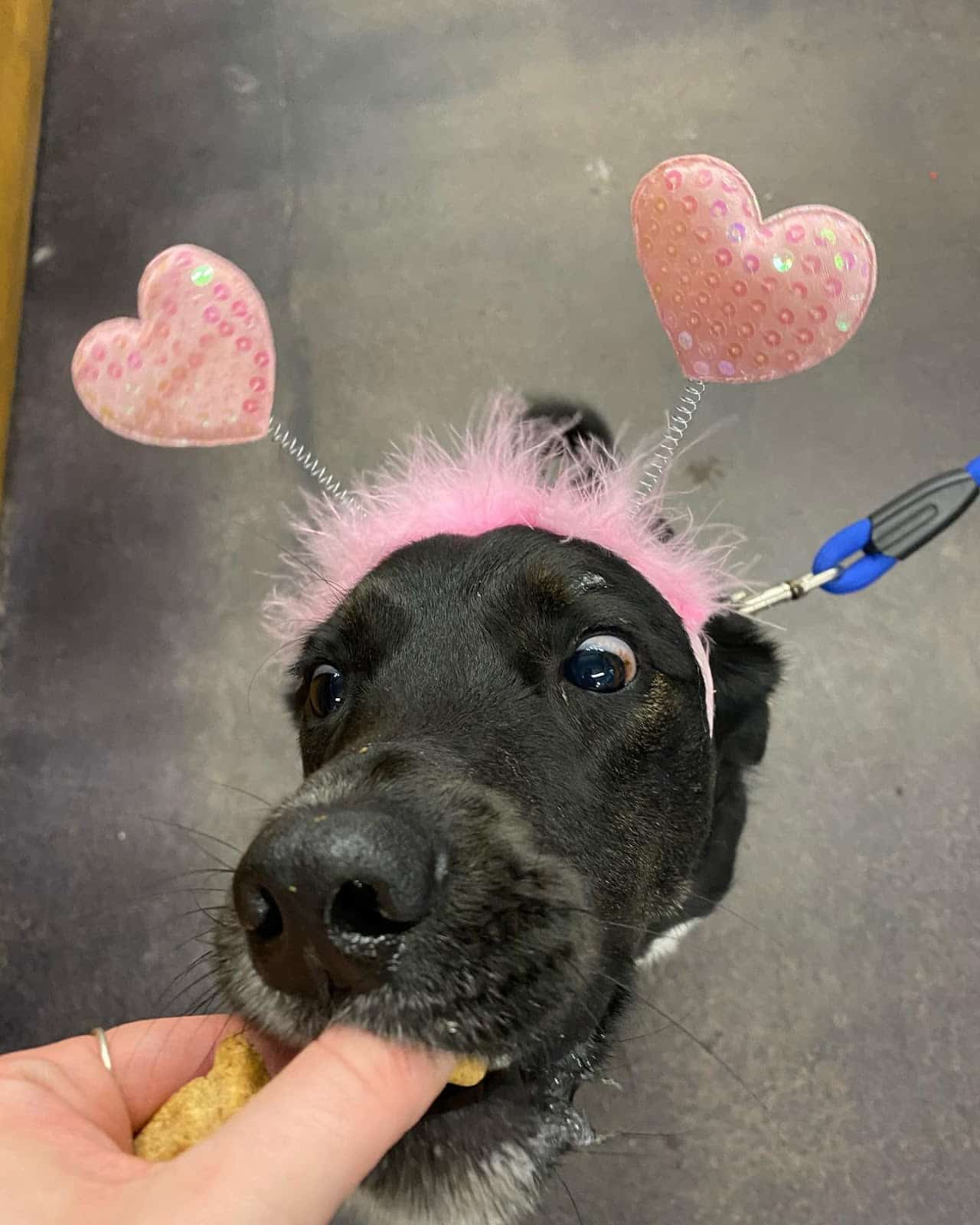
Check out these teaching styles to find the one right for your pooch. You might find it beneficial to apply bits and pieces of each method to your dog’s training! All that matters is that you find the right balance for your dog’s personality.
The Runner
If your dog is prone to running away from you – inside or outside – you might want to try Cesar Millan’s method for “come:”
- Put a leash and collar on your dog.
- Go down to their level and say “Come” while gently pulling on the leash.
- When they get to you, reward your dog with affection and a treat.
Once your dog gets the hang of it, you can practice this exercise without the leash – just do it in a safe, enclosed environment.

The Playful One
You can turn training into a game! One way to do this is by teaching your dog the recall basics, then taking it a step further. Instead of calling your dog while you’re standing in front of them, try calling them from another room. It’s like hide-and-seek! When your dog finds you, act excited and give them rewards! This is just one of several games suggested by the AKC.
The Puppy
Puppies can start training at around eight weeks old. However, puppy training should be kept simple and the training sessions should be kept short – just five to ten minutes.
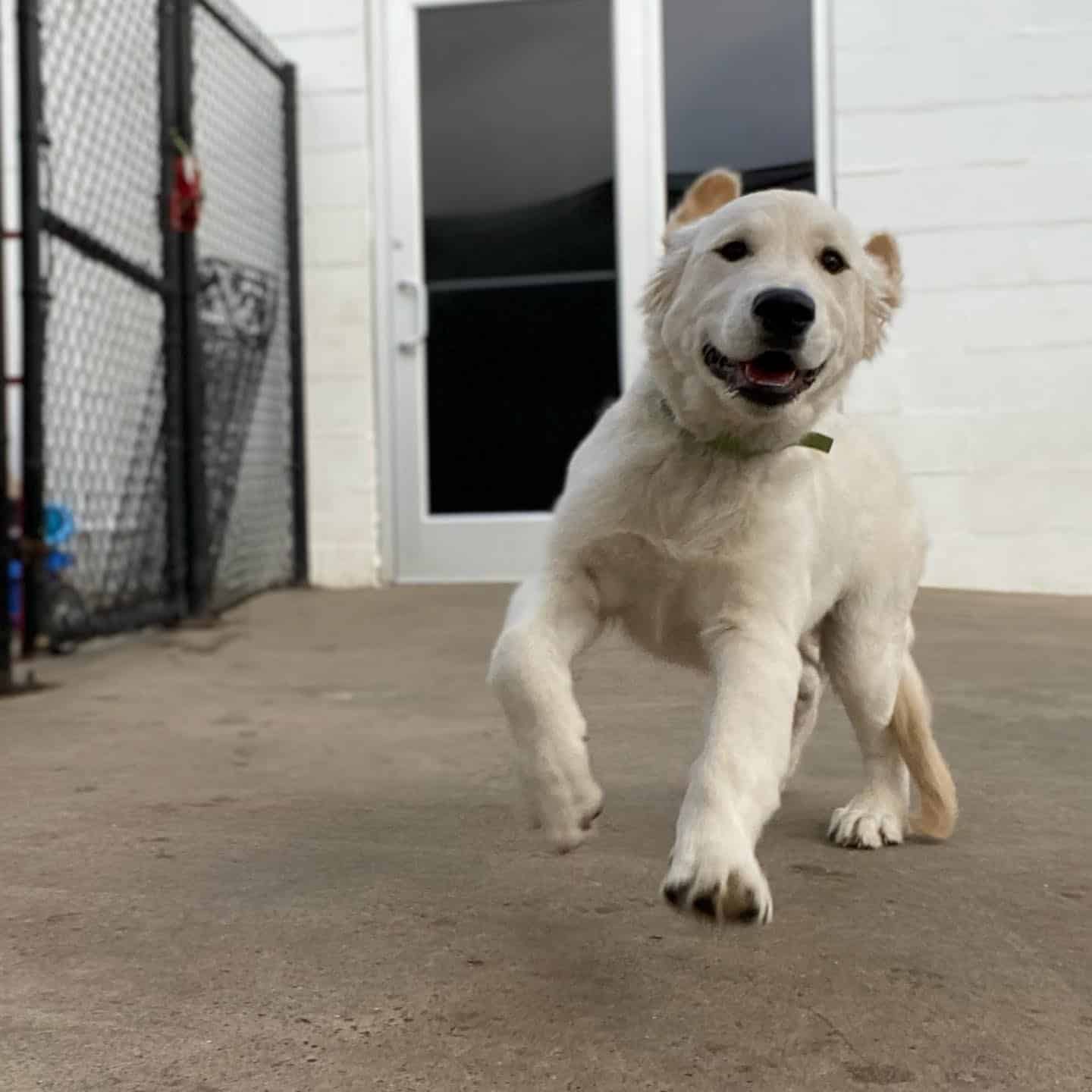
This training technique from the AKC can help puppies learn to respond to their name* or a verbal cue:
- Sit with your puppy and say their name or the word “come.”
- Each time you say “name/come,” give your puppy a treat. They don’t have to do anything yet! Just repeat the word and give a treat.
- Next, drop a treat on the floor near you. As soon as your puppy finishes the treat on the ground, say their name/come again. When they look up, give them another treat.
- Repeat this a couple of times until you can begin tossing the treat a little further away, and they can turn around to face you when you say their name/come.
- Once your puppy can turn around to face you, begin adding movement and making the game more fun! Toss a treat on the ground and take a few quick steps away while calling your puppy’s name/come. They should run after you because chase is fun!
- When they catch you, give them a lot of praise, treats or play with a tug toy. Coming to you should be fun! Continue building on these games with longer distances and in other locations. When training outside (always in a safe, enclosed area), it may be helpful to keep your puppy on a long leash at first.
*If you choose to use your puppy’s name, keep in mind that they will eventually need to learn a command word for “come!” To introduce a command word, you can start with the basics or apply any of the other teaching styles we have listed.
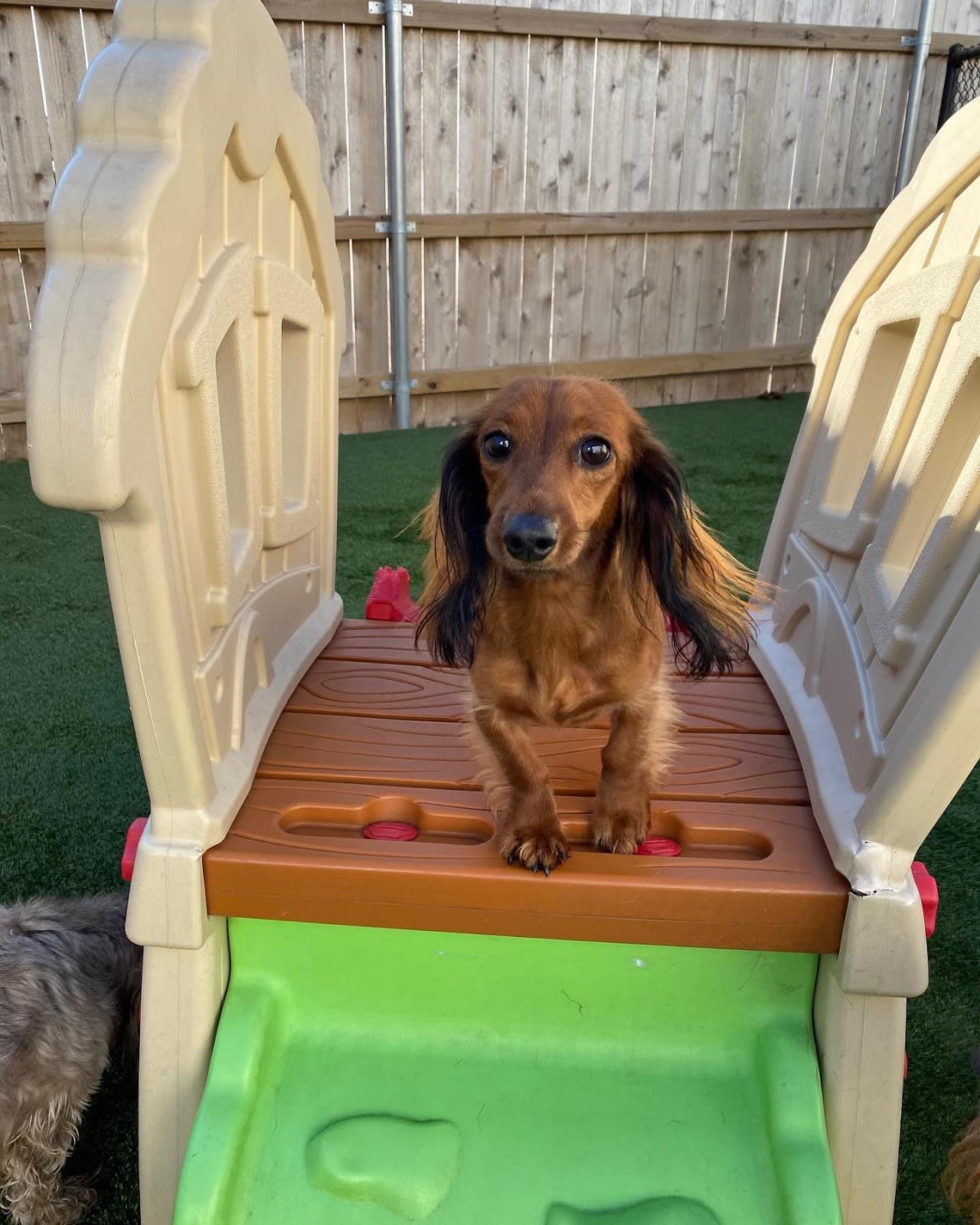
The Nontraditional Student
If your dog is resistant to traditional training or easily distracted, try working recall training into everyday life! Preventive Vet suggests:
- At mealtimes, say “come” as they are approaching and reward them with their food bowl.
- When you grab their leash for a walk and they’re running to meet you at the door, say “come” and reward them with praise and a walk.
- While playing fetch, as they’re running back with their toy, say “come” and reward with praise and another toss of their toy.
- Any time your dog is walking or running towards you, say “come” and reward when they get to you! You can use real-life rewards like play, praise, cuddles, or toys mixed in with training treats.
This method is also helpful for dogs who are already star students. If your dog has aced the basics, adding verbal cues into everyday activities will only strengthen their skills and speed up the training process!
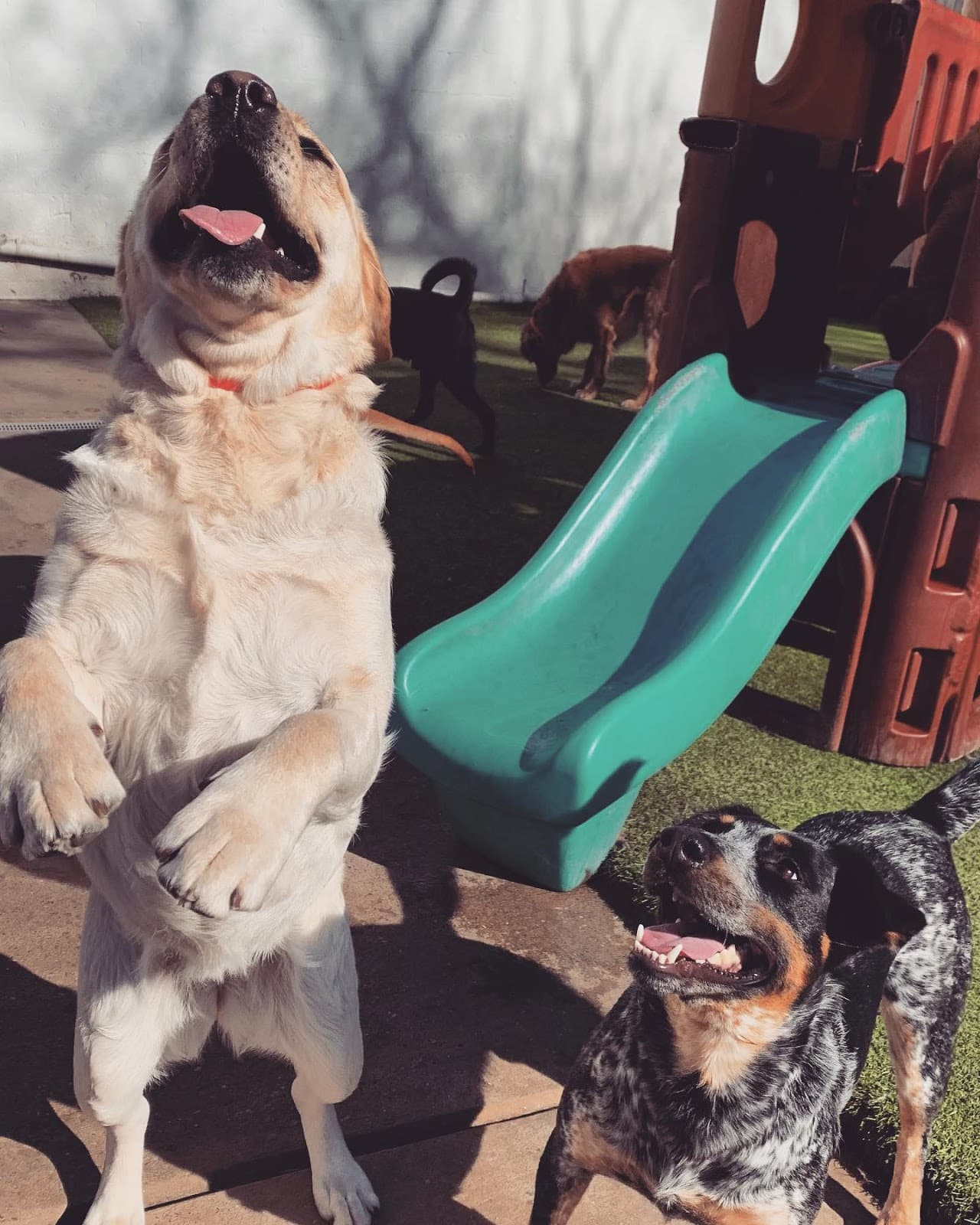
No matter what style you opt for, make sure to have short training sessions several times a week! Consistency is key.
Training Levels
As you’re training your dog to come, you have to slowly increase the difficulty by adding more space and distractions. We’ve broken the process down into three levels.
Easy
This is where your dog’s training begins. Start with whatever training style you prefer, but do it inside the house with no distractions. Once your dog comes to you every time in this environment, you can add some challenges.
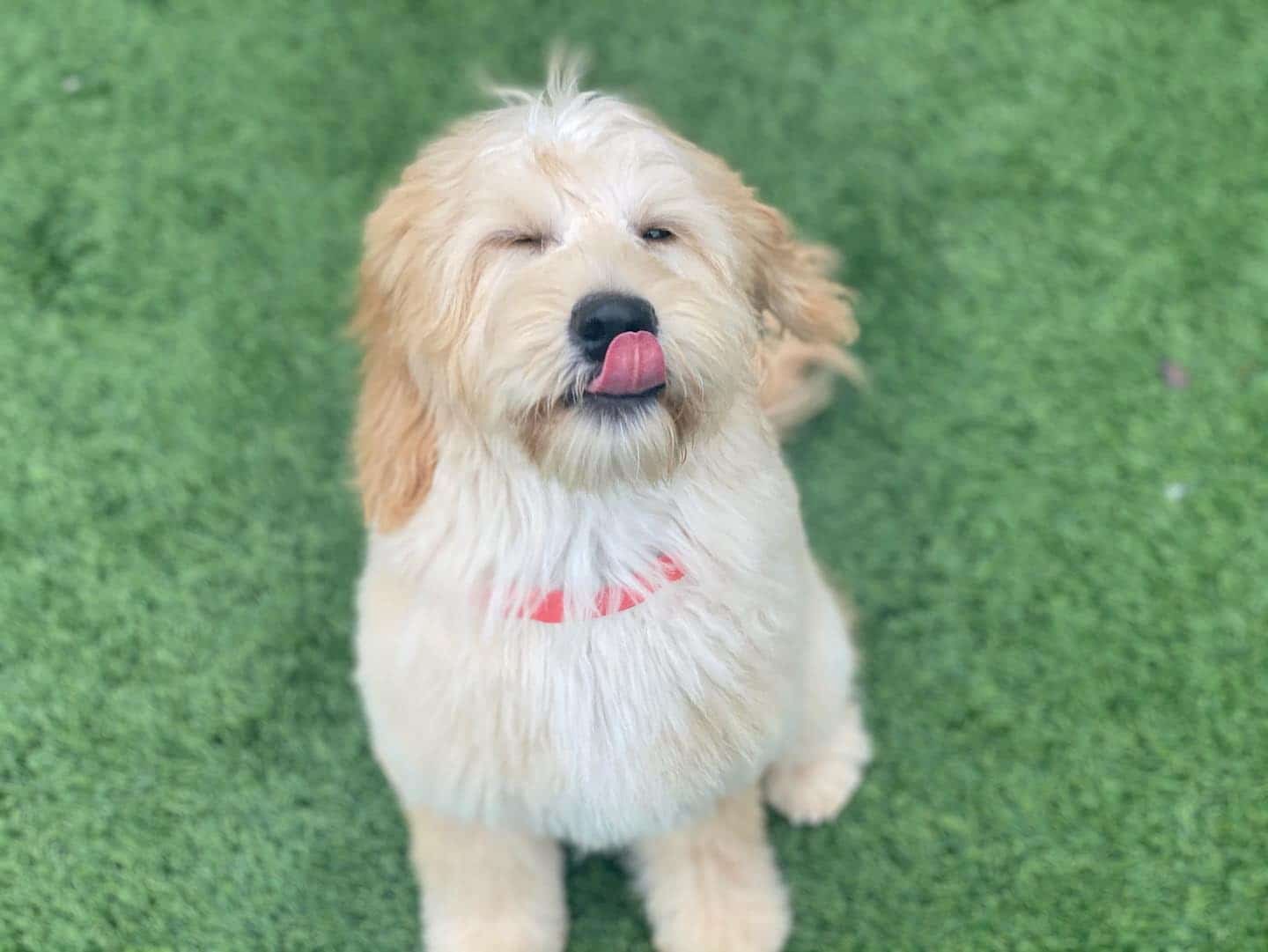
While still in the house, you could have a family member ring the doorbell during training. A friend could come over and pet your dog as you’re calling them to come. You could set a toy next to your dog before calling them. Adding these little distractions will help prepare them for the world of distractions outside!
Once your dog can handle these situations, it’s time to move outdoors.
Moderate
Head to the backyard or a somewhat private outdoor area. You don’t want a lot of people and/or dogs around at first. If you are not in an enclosed area, keep your dog on a long leash. Begin training just as you did indoors – just you and your dog, no distractions. Of course, this will be a bit harder for your dog, because there are squirrels and scents and sounds outside!
Once your dog comes to you every time you call them outside, add distractions similar to those you added indoors. You might even invite a friend over and have them bring their dog: the ultimate distraction!
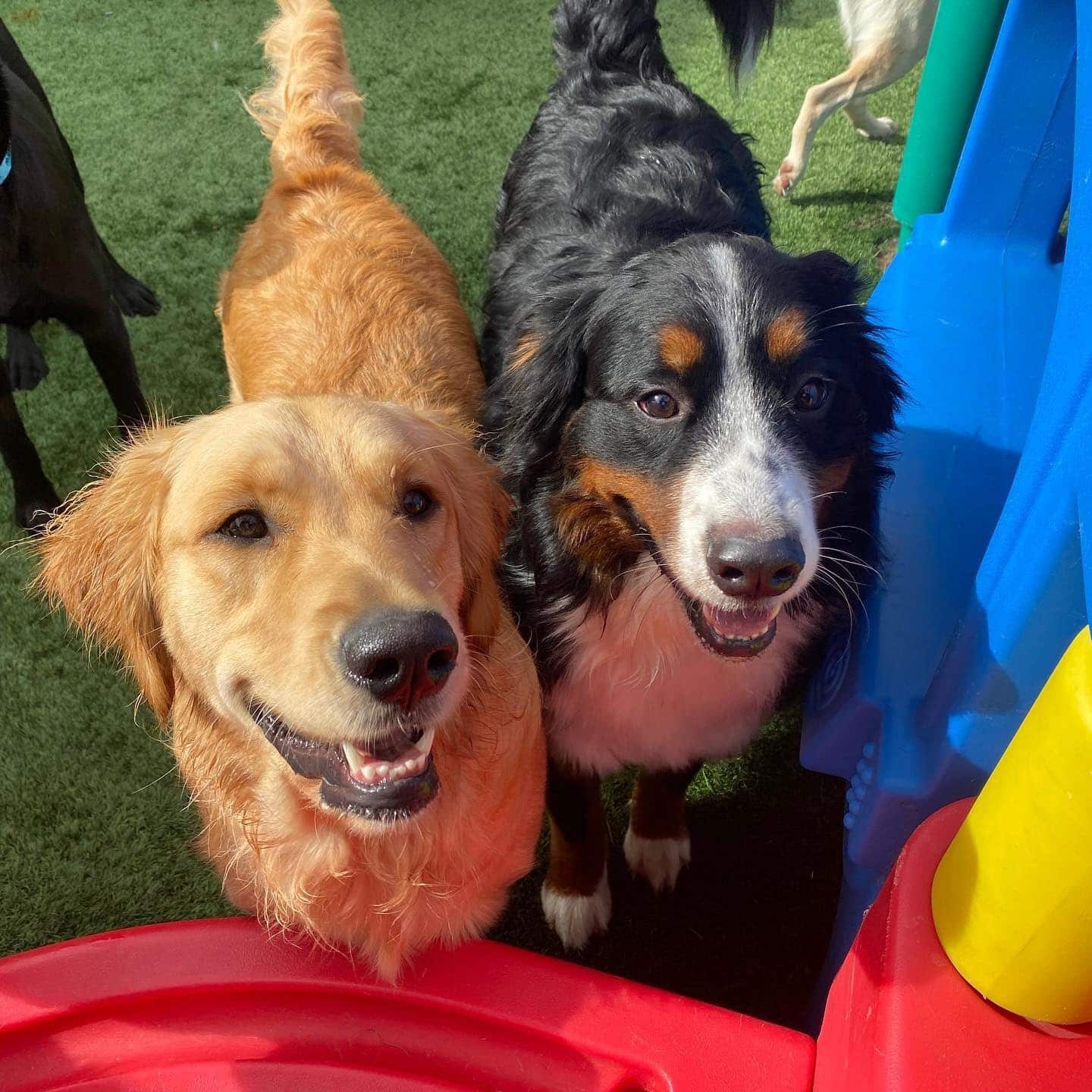
During this stage, you will also want to add more distance between you and your dog. Allow them to get distracted at one end of the yard, then call them to come to you. If they come every time, you can safely take a trip to… the dog park.
Difficult
This is where the real challenge comes in. Dogs love playing at the dog park, which makes it really hard for them to leave! However, if your dog is properly trained, they will come every – or, at least, almost every – time you call.
As your dog is sniffing butts and romping around, call them to come to you. If they do as they’re told, your training has been a success! However, all that training can be undone if you call your dog and promptly leave the dog park. You don’t want them to associate “come” with an action they don’t enjoy. There’s an easy way to avoid this predicament: After your dog comes to you, praise them, release them and let them start playing with their furriends again!
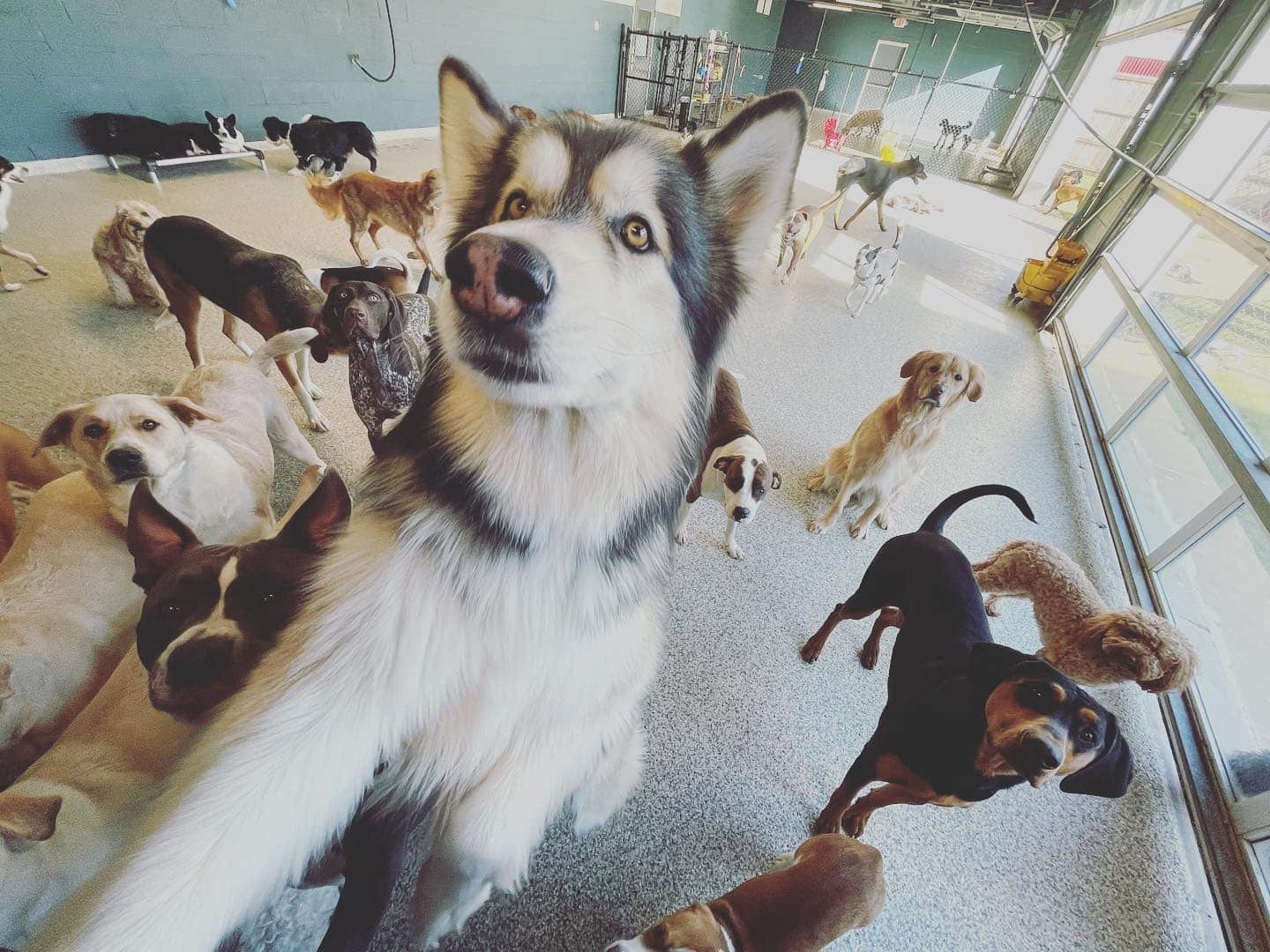
When it is time to leave, try letting your dog naturally come to you so that the word “come” doesn’t have to be spoken. You can also gently approach them, leash up, and be on your way, all without saying “come.”
As you enter a new training level, you will want to use both treats and praise as rewards. Once your dog establishes reliable recall at that level, slowly eliminate treats so that praise becomes the only reward. Your dog should eventually come to you every time without needing food as an incentive. This is an essential part of training, because you won’t always have treats in an emergency!
Tips and Tricks
There are ways to customize the training experience to fit your fur fam’s unique situation! Check out these tips and tricks.
Treats
“Special” treats like cheese or dog biscuits are good to use in the early days of training to get your woof interested. However, once they’ve gotten in the swing of things, dogs don’t need to be rewarded with food that will pack on the pounds. Small (and lower calorie) training treats work just fine!
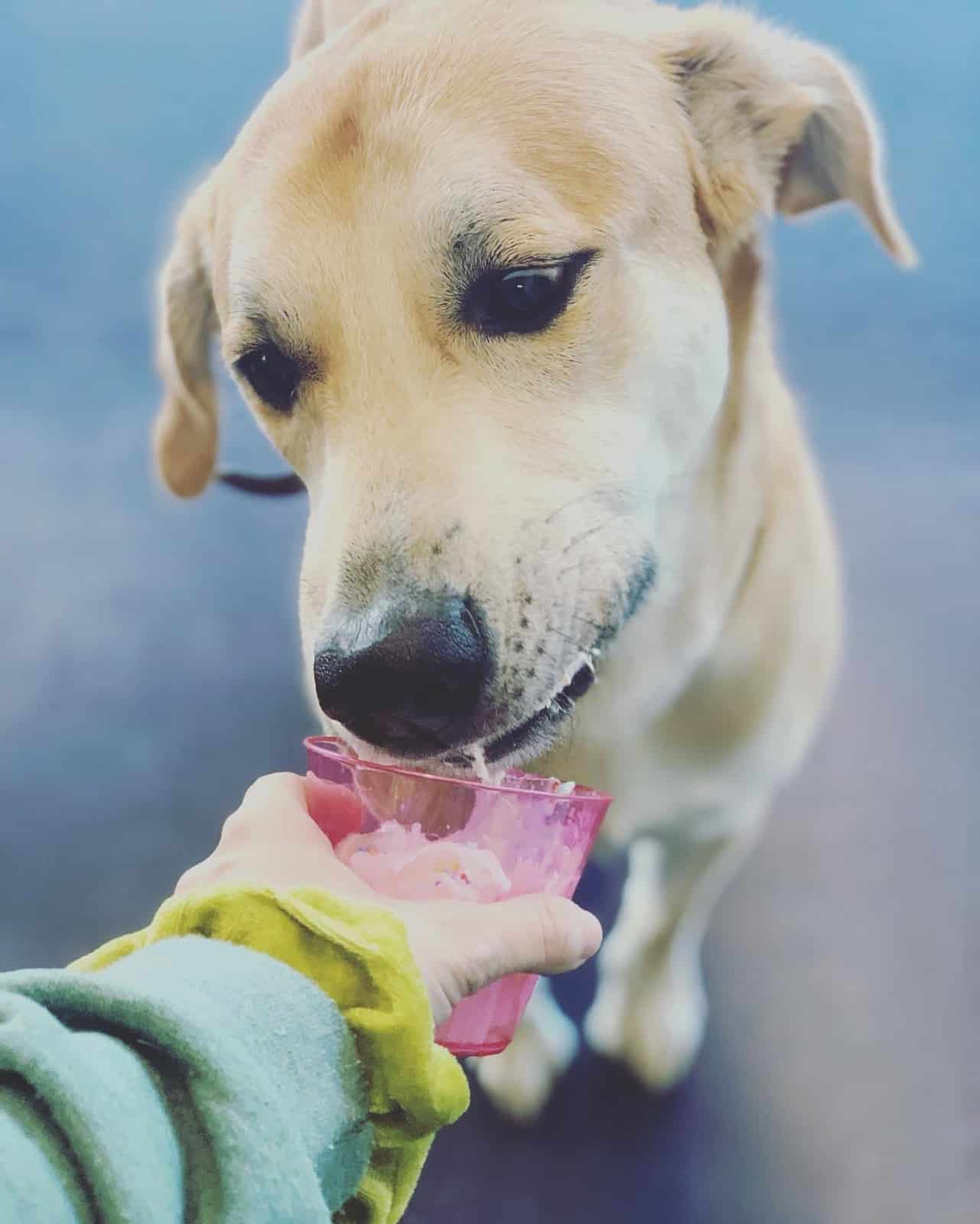
If your dog is already on the heftier side, you might opt to reward them with natural treats, like plain carrots or green beans!
Recall Cue
A common training error called “poisoning the cue” occurs when the cue word becomes meaningless to your dog, or they develop negative feelings toward it. Whatever the situation may be, your dog stops responding to their cue!
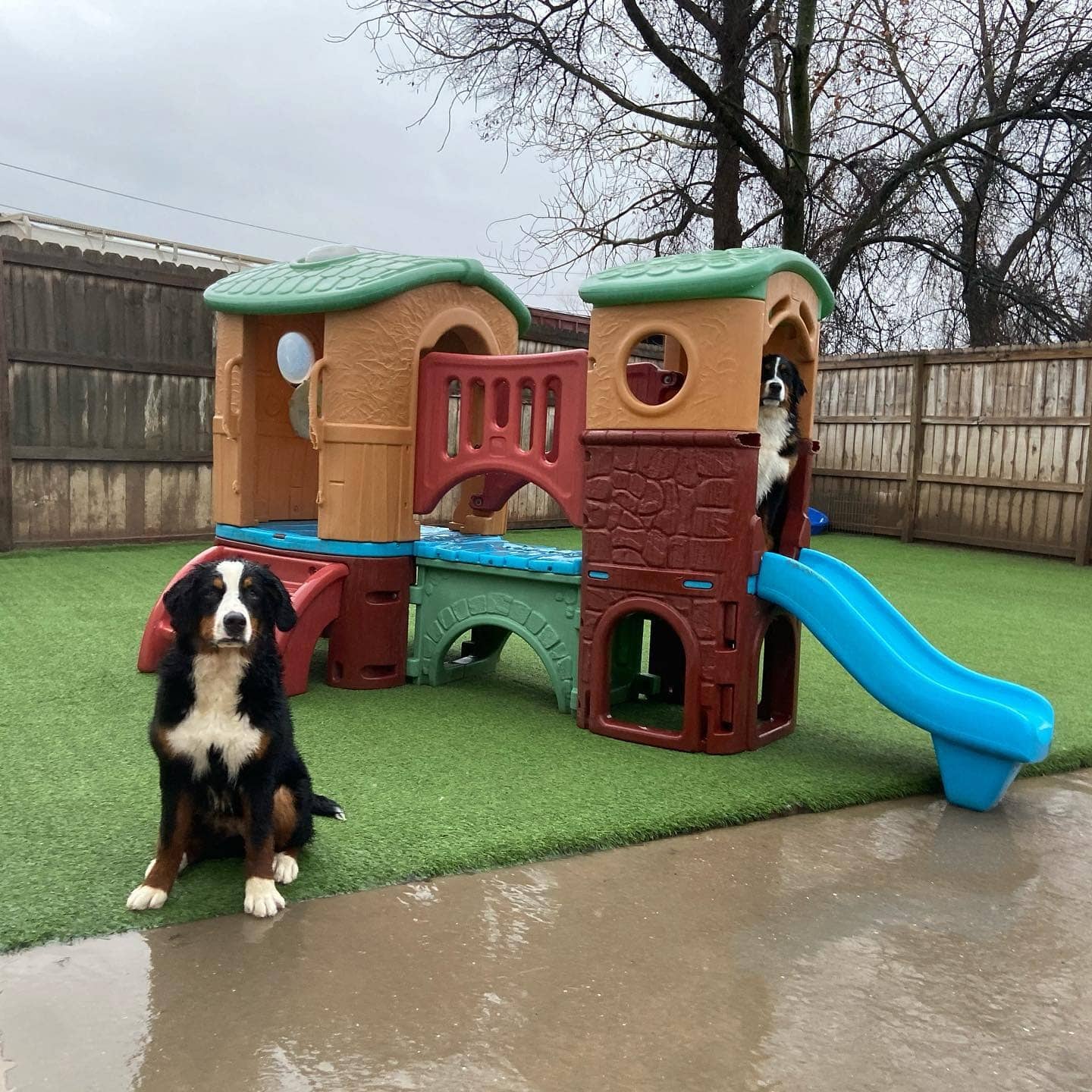
You can resolve this issue by starting over with a new command and avoiding mistakes you might have made in the past – like overusing the cue word or associating the word with something your dog found unpleasant. So, if you started with “come,” and your dog now ignores that word, you can make a fresh start with “here.”
Humans
If you have multiple family members who take care of your dog, Fido needs to listen to every one of you. As you’re training your dog to come, get everyone involved. Take turns calling. Just don’t overwhelm your dog with too many voices! Introduce new “trainers” slowly and steadily.
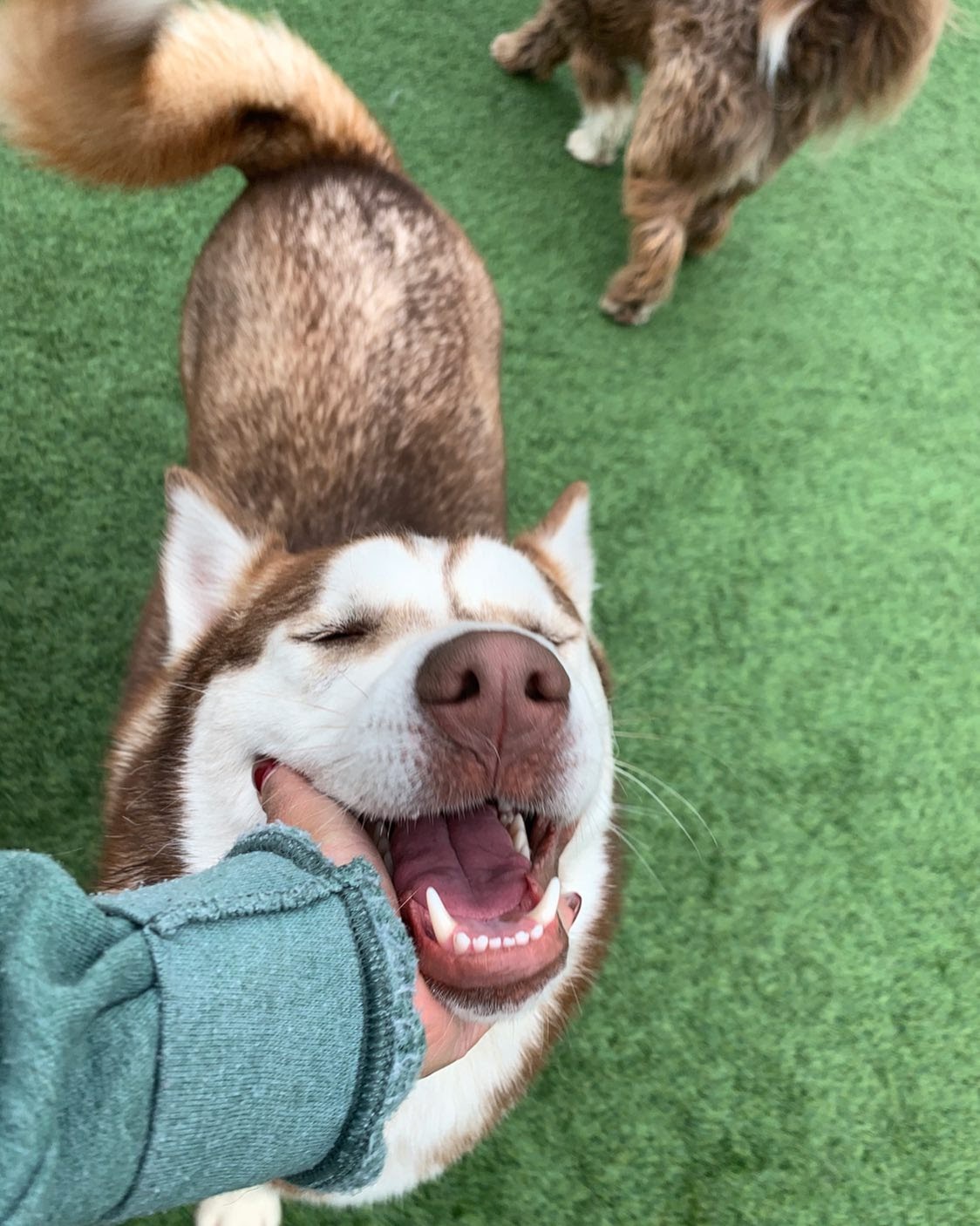
What Not To Do
We’ve covered most of the “Dos” of training your dog to come… Now, it’s time for the “Don’ts.”
- Don’t change your tone of voice when you call your dog. You always want to sound positive, excited and happy, even if you actually feel frustrated or panicked.
- Don’t continually repeat the cue word if your dog is not responding to it. Your dog probably doesn’t understand it, and you need to go back to the basics. If that doesn’t work, you might need to start over again, this time with a new cue word.
- Don’t call your dog to come and then punish them once they get to you. They will stop coming if they associate the word with being in trouble.
- Don’t move too quickly through the training process. This can cause your dog to get confused. You want to increase the difficulty only when your dog has achieved reliable recall at their current level.
- Don’t be inconsistent. You need to establish a loose training schedule to keep your dog on track!
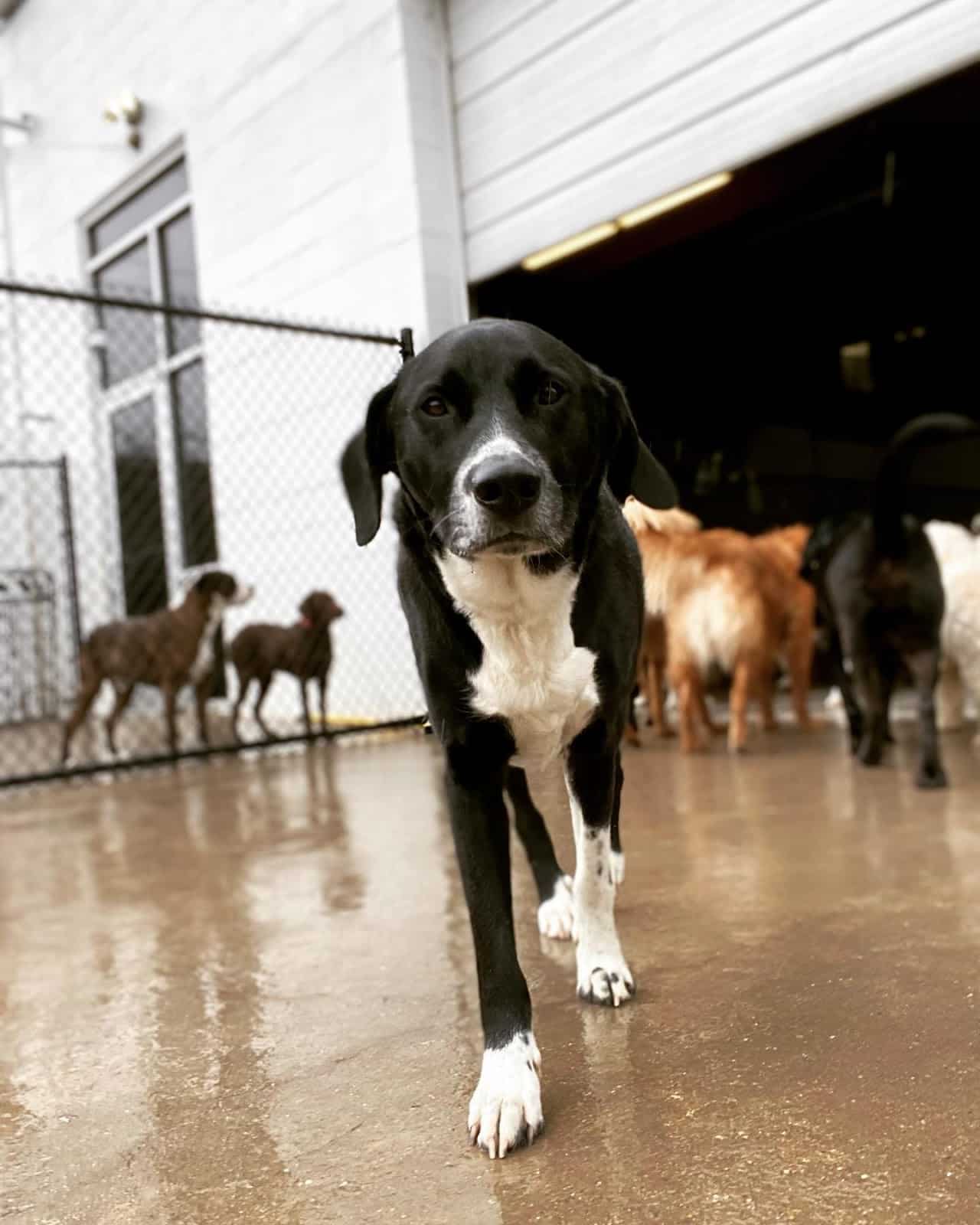
How Hounds Lounge Can Help
It might take some time and dedication, but you will be able to teach your dog to come! And when your woof is being tempted by a rabbit or darting towards traffic, you’ll be glad they learned this skill.
Although “come” is a command taught at home, you might be surprised to learn that it can be reinforced at doggy daycare! According to Psychology Today, dogs learn by modeling the behavior of other dogs. Therefore, when your dog sees other Hounds Lounge campers come when called, they will want to imitate that behavior! It all goes back to dogs being pack animals who “want to be with other dogs, to follow their lead, and do the same thing.” Dare we say it, dogs are… copy cats?
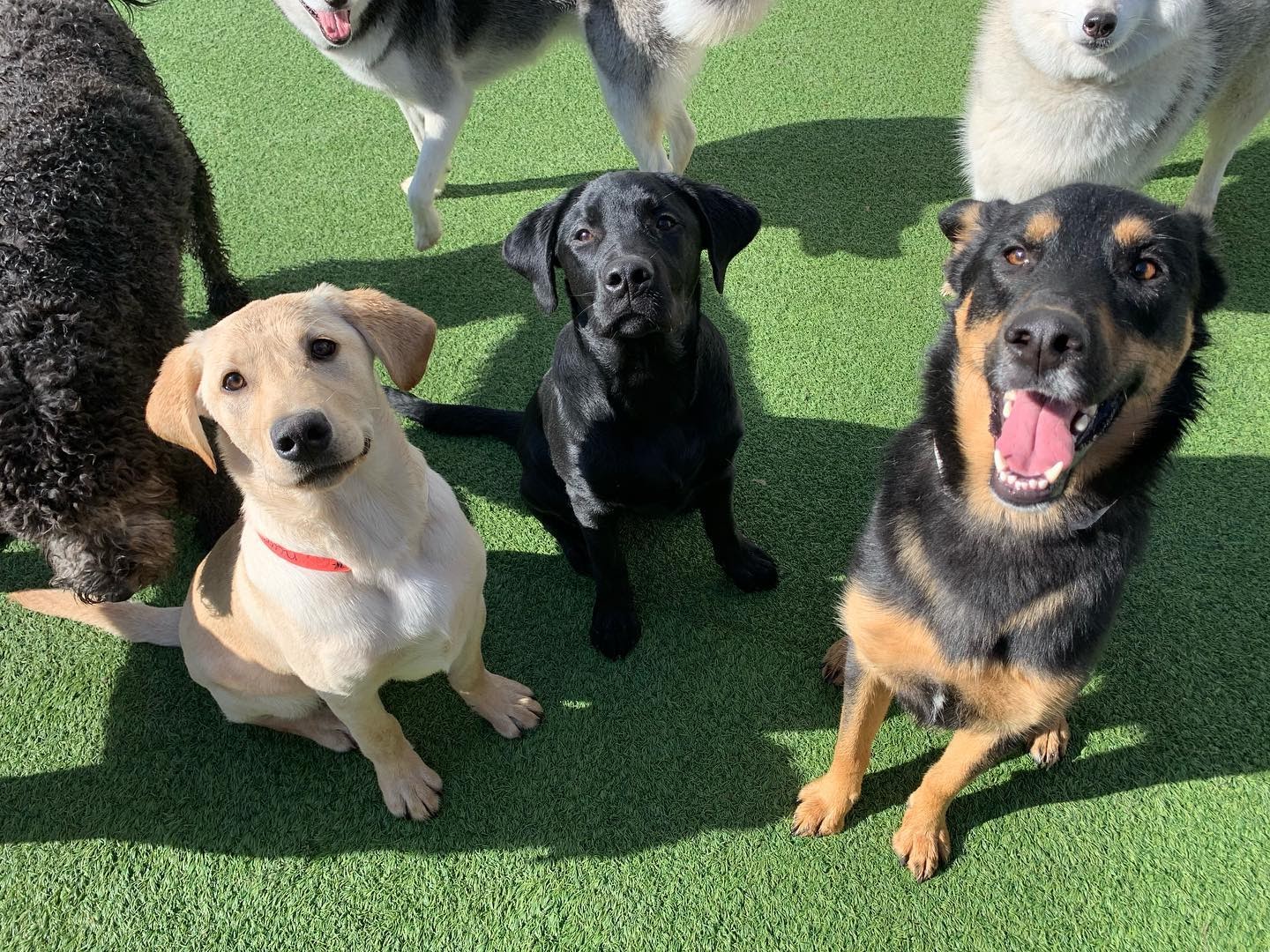
We wish you good luck training your dog to come! Once your pooch has got it down, we’d love for them to show off for us. But, until then, we’ll just keep pawtying with them. Trained or not, your fur babe is always welcome at Hounds Lounge! Make a reservation for doggie daycare in Arkansas now!

